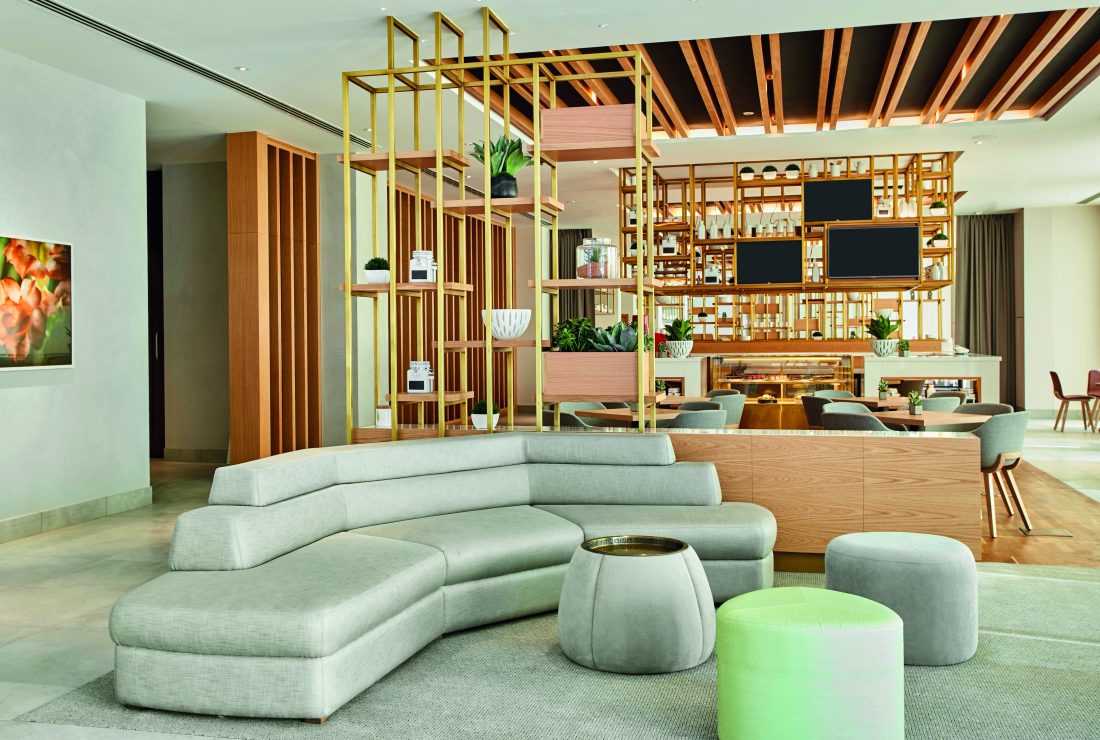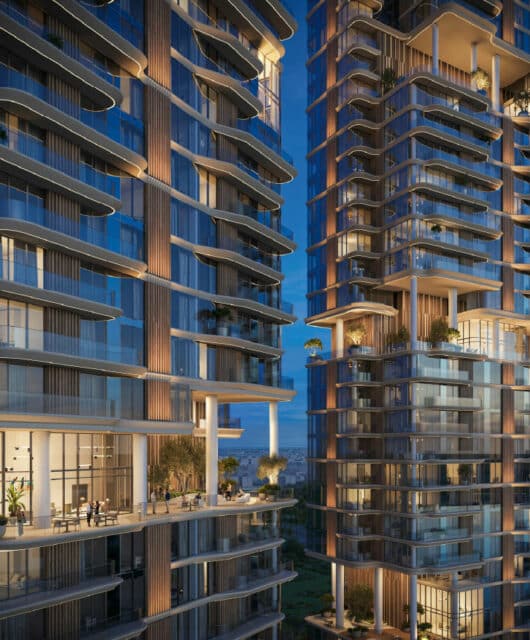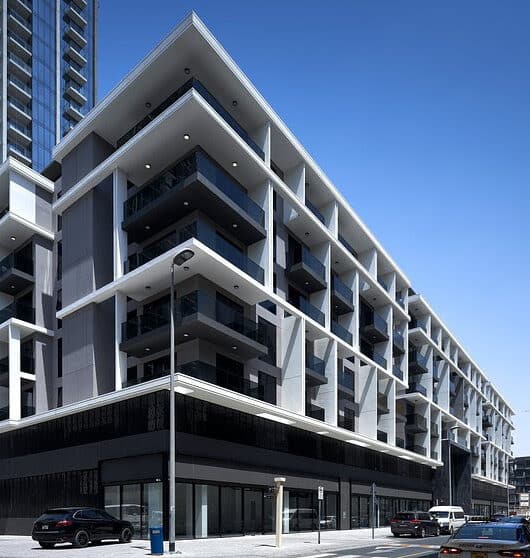still hold sway. It’s time to say goodbye to bland business centres and twee travel taverns mid-price properties embrace some seriously innovative concepts…
Dubai is famous for its legendarily lavish resorts, but as petrodollars plummet it’s started to woo the more cash conscious tourist. Spurred by demand from younger travellers, many from the Far East, hotels are taking cues from bars, nightclubs and trendy shops by incorporating edgy materials and photogenic artwork.
Dubai-based practice Godwin Austen Johnson counts a number of high-end hotel groups among its clients, including Fairmont, Sheraton, Ritz-Carlton and Jumeirah, for which it designed Burj Al Arab’s Bab Al Yam restaurant.
Now the interior design, architecture and lighting practice, known as GAJ, is seeing increased demand for highconcept yet affordable accommodation –and this wave of wallet-friendly properties presents a welcome creative challenge, says associate – senior interior designer Elie Choucair.
“Midscale properties are becoming fashion conscious and much less formal,” he says. “There’s a greater focus on creative use of space and furniture arrangements that provide comfort and functionality, with quirky fashionable, design-oriented concepts making up a significant aspect of the product.”
Mixing business with pleasure

The first part of the hotel that most guests see is the lobby, and for this reason Choucair believes it’s vital that it reflects the venue’s identity. “You only get one chance to create a good impression,” he says. “We believe that the designer’s main efforts should be focused on transforming the public areas into warm, distinctive and memorable spaces.” Changes in guest behaviour, particularly those driven by technology, mean features once considered integral to hotels can now be scaled back. For instance, check-ins can now be handled online, eliminating the need for a large front-reception. Choucair says this can have a substantial impact on the way the space is designed.
“The lobby area is taking on a greater significance as it becomes the venue for casual business meetings and a place to hang out,” he says.
“There is a greater demand for open, flexible spaces that offer a comfortable environment where business and leisure blend seamlessly.”
Opulence is out
The way guests use public spaces isn’t the only change – their expectations in terms of design have also evolved. Furthermore, as firms target guests from emerging economies, bling is falling out of favour. A twenty something social media manager from Shanghai is likely to have different taste in décor than, say, a middle-aged Moscow housewife on a shopping spree – and this has a bearing on the overall concept.
“Traditionally, this region has always been associated with luxury hotels that are designed around its Arabic heritage, with sumptuous, opulent materials and finishes,” Choucair says. “With the new mid-scale hotels, the design is based on genuine and original concepts.”
He adds that designers increasingly incorporate antique, reclaimed and recycled materials into their work. “We are starting to see more vintage, warehouse-style designs with exposed concrete, textures and patterns, graffiti and colourful graphic walls creeping in.”
One current GAJ project, for a midsize boutique hotel, involves the use of locally sourced materials and finishes, partly due to budget constraints “but also with a view to using and promoting local artists and craftsmen.” He adds: “The idea is to create an emotional connection between the traveller and the neighbourhood’s culture and history.” Antique furniture and accessories are being picked up at markets and up cycled for a quirky, authentic feel.
“During the design process, we often have to push boundaries, reinventing the way we think.
“Designing a hotel is becoming fun again.”








